The Bullmastiff is a large mastiff-type dog from the United Kingdom. In the nineteenth century, it was developed as a guard dog by crossing the English Mastiff with the now-extinct Old English Bulldog. In some parts of England in the nineteenth century, the Old English Mastiff and English Bulldog were frequently crossed to produce dogs capable of guarding people and their property. Let’s dive into everything you need to know about the giant Bullmastiff and why they could be the perfect addition to your home.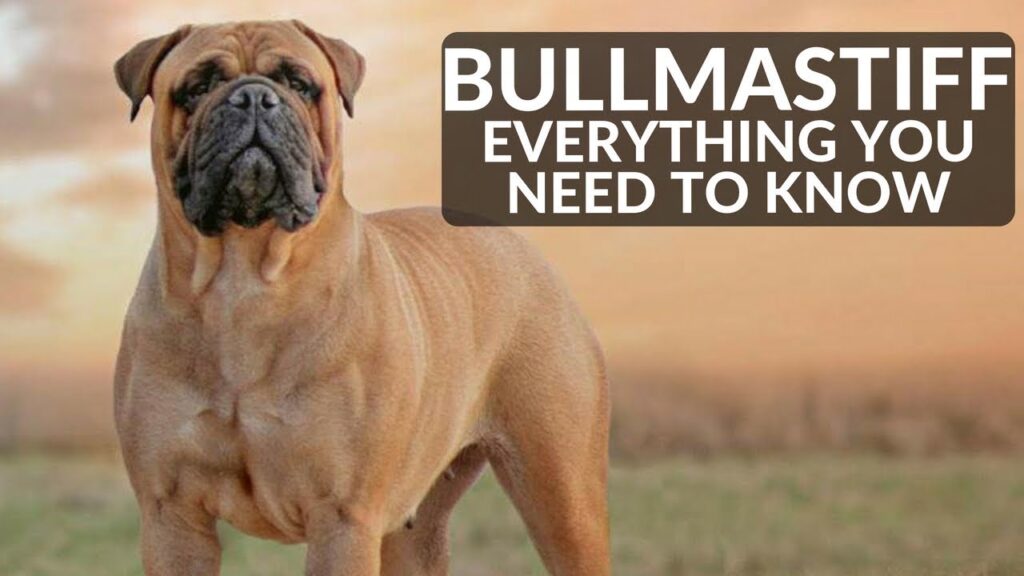
This cross-breed was widely used as a tool to help gamekeepers combat poaching by the turn of the twentieth century. Gamekeepers used a cross of the tough, heavy, and aggressive Bulldog of the nineteenth century with the large, strong, and less aggressive Mastiff to breed them for strength, size, and speed.
Bullmastiffs, also known as “Gamekeeper’s Night Dogs,” first appeared in England in the mid-1880s, when gamekeepers on large country estates struggled to keep poachers at bay. Because poaching was a crime, most landowners preferred to apprehend rather than kill poachers. The goal was to develop a dog that was swift as well as aggressive while remaining calm.
Are you looking for a lovable giant in your life? Meet the majestic giant Bullmastiff! These gentle giants are not only impressive in size but also make wonderful companions for families. Let’s dive into everything you need to know about the giant Bullmastiff and why they could be the perfect addition to your home.
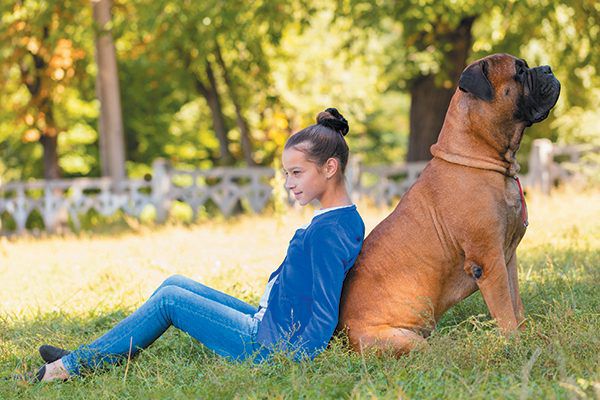
John D. Rockefeller brought bullmastiff dogs to the United States in the 1920s. He wanted them to have free reign over the grounds of Kykuit, his country estate in New York’s Hudson River Valley. The American Kennel Club recognized purebred bullmastiffs in 1933 after the East Coast elite couldn’t help but notice the majestic presence of this new dog.
The Kennel Club recognized the Bullmastiff as a breed in 1924. Dogs had to be descended from Bullmastiff stock for at least four generations without any Bulldog or Mastiff contribution; hybrid animals could not be enlisted. It was recognized by the American Kennel Club in 1934. In 1955, the Fédération Cynologique Internationale gave it final approval.
Physical Appearance of The Giant Bullmastiff
The giant Bullmastiff is a sight to behold with its massive frame and powerful build. Standing tall at around 26 inches to 27 inches at the shoulder, these dogs weigh in at a hefty 110 to 130 pounds. Their large, broad heads and wrinkled faces give them a regal and imposing appearance, sure to turn heads wherever they go. Despite their size, they are known for their gentle and affectionate demeanor, especially towards children, making them excellent family pets.
- The Bullmastiff is a large dog with a large head.
- It is a brachycephalic dog, which means it has a flat face and a short muzzle, but this has no effect on its breathing.
- Female bullmastiffs are 24 to 26 inches tall and weigh 100 to 120 pounds, while males are 25 to 27 inches tall and weigh 110 to 130 pounds.
- The coat may be any shade of fawn, red, or brindle, with some white marking on the chest.
- The muzzle is black and paler as it approaches the eyes.
- Their coats are short and easy to maintain.
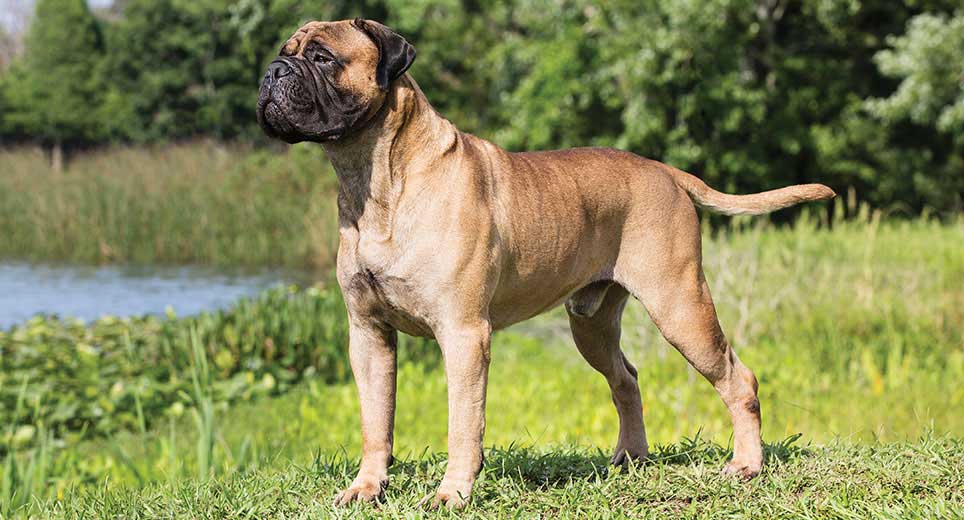
Behavior of The Giant Bullmastiff
Giant Bullmastiffs are known for their loyal and protective nature. They are devoted to their families and will go to great lengths to keep them safe. While they may seem intimidating due to their size, these dogs are actually quite gentle and even-tempered. They are known to be good with children and other pets, making them an excellent choice for families looking for a loyal companion.
These breed of dog is a calm, cuddly companion who longs for your company. They are gentle giants who are known for being quiet hounds who don’t bark much. They’re a natural guardian of life and family and will react quickly if they’re threatened. Bullmastiffs were bred to be quiet guardians, so barking is unusual. The ideal Bullmastiff is courageous and self-assured while remaining obedient to the wishes of its owners. They are intelligent and dependable, and they can think independently.
Training and Caring of The Giant Bullmastiff
Bullmastiffs require a secure, fenced area to exercise and should only be left off-leash in their home environment. They don’t require daily vigorous exercise to be healthy and behave well. Your dog should be happy if you take him for walks throughout the day.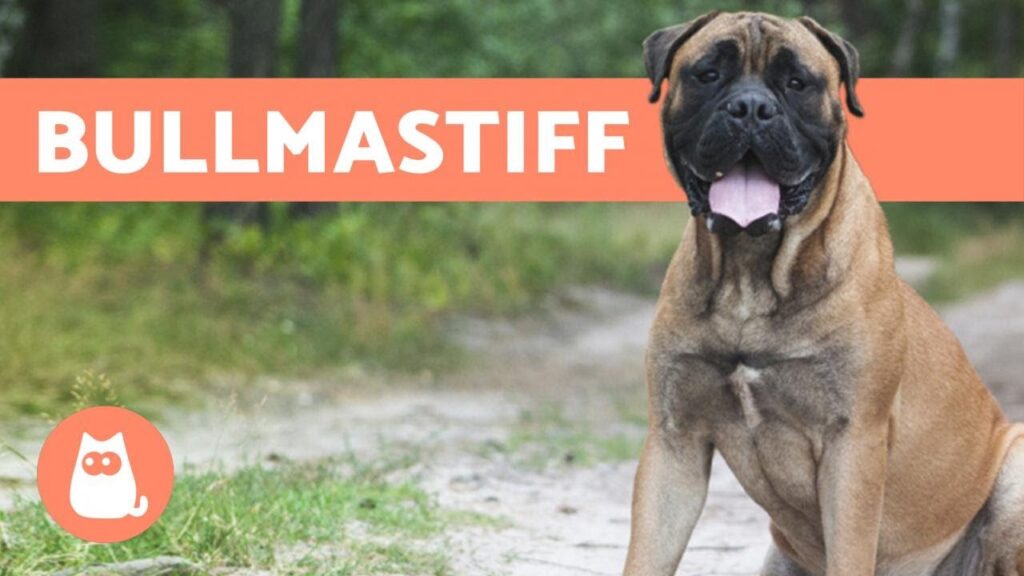
Despite their imposing size, giant Bullmastiffs do not require excessive exercise. They are content with moderate daily walks and playtime in a fenced yard. However, it is essential to provide them with mental stimulation and socialization to prevent boredom and ensure they are well-adjusted. Training these dogs should be done with patience and consistency, as they can be a bit stubborn at times. Positive reinforcement techniques work best with this breed.
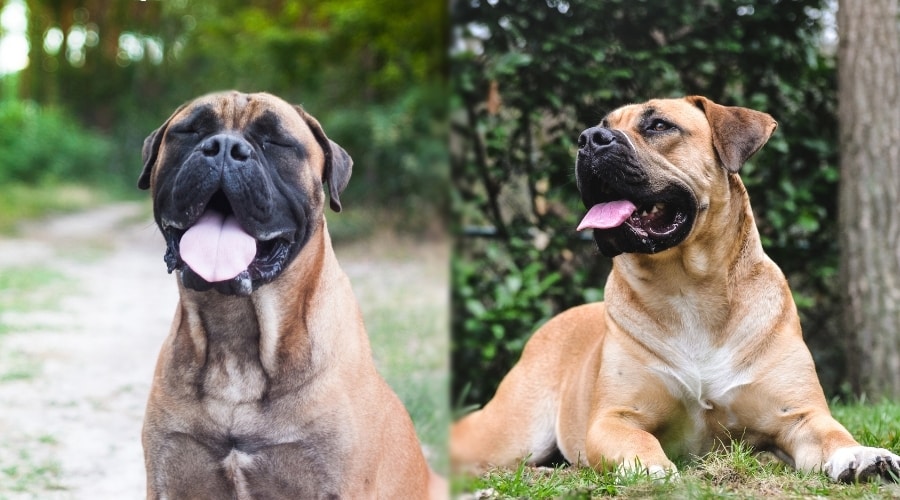
While bullmastiffs have strong prey drives, they were not bred to be aggressive toward other dogs, and with proper supervision and socialization from a young age, they should get along swimmingly with other dogs. The dog doesn’t require a lot of grooming. He will shed a little bit, especially in the spring and fall, but weekly brushing will keep him neat and tidy.
Health of The Giant Bullmastiff
Like all dog breeds, giant Bullmastiffs are prone to certain health issues, including hip dysplasia, bloat, and heart problems. Regular vet check-ups and a balanced diet are essential to keeping them healthy and happy. Their short, dense coat is easy to maintain and requires regular grooming to keep it looking its best. Weekly brushing and occasional baths are usually sufficient to keep their coat in top condition.
Hip and elbow dysplasia, progressive retinal atrophy, bloat, and cancer are all health concerns in the breed, with lymphoma and mast cell tumors being particularly common. Entropion, hypothyroidism, and lymphoma are all hereditary diseases in Bullmastiffs. They can live for up to 8 years.
RECOMMENDED ARTICLES
- Great Dane Dog – Characteristics, Behaviour, Caring And Health
- The Complete Guide to Mastiff Dog Price: How Much Does Owning a Majestic Mastiff Cost
- 7 Body Characteristics of German Shepherd Chow Mix – Behaviour, Caring & Health
- German Sheppit – 9 Spectacular Body Characteristics, Behaviour And Health
- Giant Schnauzer Dog; 4 Exclusive Body Characteristics, Behaviour, Caring And Health
- Dogue de Bordeaux Dog – 5 Exclusive Physical Characteristics, Behaviour And Health
- Cane Corso Dog Breed – 7 Physical Appearance, Characteristics, Caring & Health
Conclusion
In conclusion, the giant Bullmastiff is a remarkable breed that offers companionship, loyalty, and protection to families willing to welcome them into their homes. With their gentle nature and impressive stature, they are truly majestic companions that can bring joy and love to your life. Consider adding a giant Bullmastiff to your family today and experience the unconditional love and loyalty they have to offer.
If you Like, Please share it. Sharing is usually Caring
